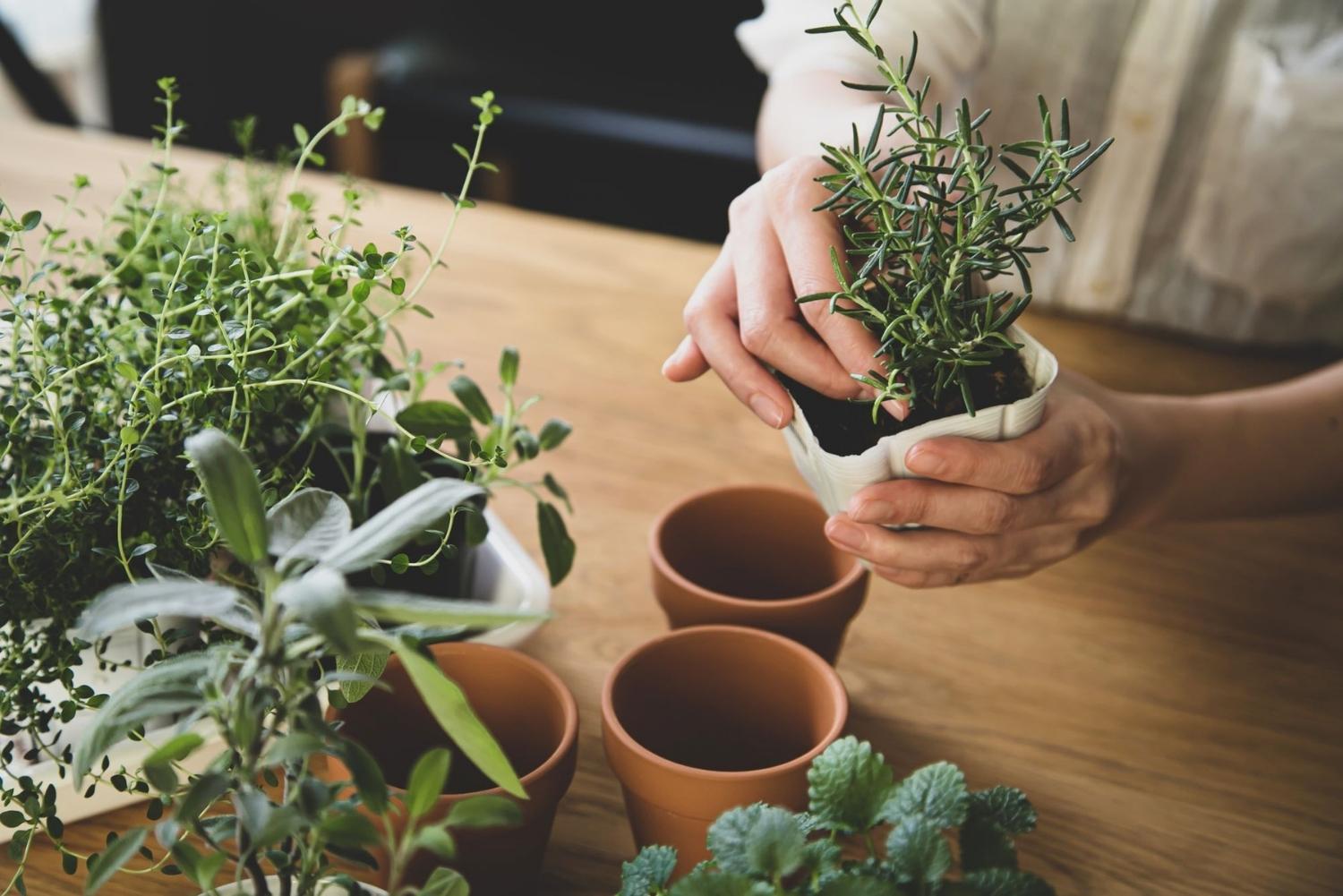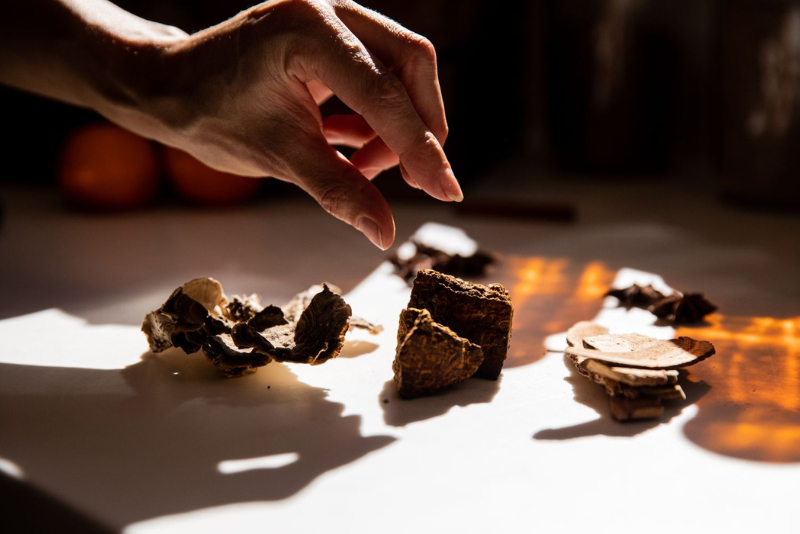The Benefits of Healthy Eating
Growing your own food can mean cultivating an elaborate rooftop garden, tending to a few vegetable plants in a shared community plot, or growing herbs in a planter on your fire escape. Whatever it looks like for you, the important thing is that you’re doing it.
From saving money to helping the environment, there are many benefits to starting your gardening journey. Most importantly, growing your own food is a great way to fuel your body with good-for-you ingredients.
Currently, Americans eat 31 percent more packaged food than fresh, and highly-processed foods make up close to 70 percent of the U.S. diet. An easy way to make a healthy change? Begin within by growing your own nutrient-rich food at home. It’s more delicious due to its freshness and more nutritious since plastic-heavy packaging and extended shelf time affect nutrient loss. And, with the elimination of pesticides, you’re benefiting yourself and Mother Earth.
Ready to get your hands dirty? We’ve tapped the experts at GT’s Living Foods for a deep dive into how living foods benefit your body, how to grow your own foods, and how to incorporate both into your everyday life. Read on to learn more.

How to Grow Your Own Food
If you have a backyard with some space or access to a shared space, starting your own vegetable garden can be transformative to your daily life. There’s nothing better than being able to grow your own food and fuel your body with the fruits of your labor.

Before you begin to plant, start small and consider what you actually want to eat. Think about what berries you add to your morning COCOYO Living Coconut Yogurt or which vegetables you cook on a regular basis. You will also want to consider what grows well in your area—radishes, kale, and carrots are among the easier veggies to grow and make up the base for a delicious Baked Tofu Salad.
To start your own garden, look for untapped spaces that you can transform. First, select a spot with good sunlight (at least 6-8 hours a day) that is close to a water source, and then decide whether to plant directly in the ground or to install a couple of raised garden beds. Next, decide if you want to use seeds or plant starters (partially grown for easy transport), and when you are planting, make sure to consider your plants’ locations. Some need room to grow, and some varieties will particularly thrive (or not) near others. Once your vegetables start to grow and ripen, pick them right away so your plants will continue to produce.
For those strapped for space, one solution is to grow vertically. Rather than growing along the ground, you can grow vine plants (think: tomatoes, small pumpkins, cucumbers) up a wall or garden trellis. Another option is to try something low-maintenance like the Lettuce Grow farmstand, a self-fertilizing, self-watering system that comes in a variety of sizes and can be used indoors or out. Gardening professionals like Hommes and Gardens can also install a kitchen or herb garden tailor-made to fit your space (no matter how small) and your needs.
Growing your own produce is a great way to incorporate fresh food into your diet, but it’s not the only way. There are many ways to naturally supplement your diet, even when you run out of produce from your garden or don’t have a green thumb. Food from GT’s Living Foods is “grown,” as well. The process of fermentation used to create many of its products is what enables living cultures (that are still living in the product when you consume them) to grow and thrive. Fresh produce you grow can be used in conjunction with products that are still in the process of growing on the shelf at the store, like COCOYO Living Coconut Yogurt and SYNERGY Raw Kombucha.

Ways to Ensure the Food You’re Buying is Straight From Mother Earth
Aside from growing your own food and purchasing from ethical and natural sources, there are other ways to eat healthy, delicious food that you can feel good about. Seek out products that source only fresh produce, like COCOYO Living Coconut Yogurt. Each jar contains two young raw coconuts for a one-of-a-kind raw, fermented, and pure coconut yogurt. Buying directly from a reputable company that only uses the purest produce is a way to guarantee fresh food in your day to day.
Once you’re stocked up on fermented living foods, the next best stop is the farmers’ market. Not only is shopping at your local market good for you and the Earth, but it’s so much fun! Getting to know the people who grow the food you eat and learning about their farms, crops, and recipe ideas can make your meals feel that much more special. And asking about their farming trials and errors can be educational, too, so you’re armed with all the info you need for your own garden.

How to Begin
GT's Living Foods believes food should be grown, not manufactured. They know a diet rich in freshly grown, living foods not only promotes good health, but supports a sustainable and healthier planet. Whether you start with a packet of seeds and natural light, or a restock of your favorite living foods, like COCOYO Living Coconut Yogurt, enjoy the benefits of pure and potent foods for a healthier and happier life.




